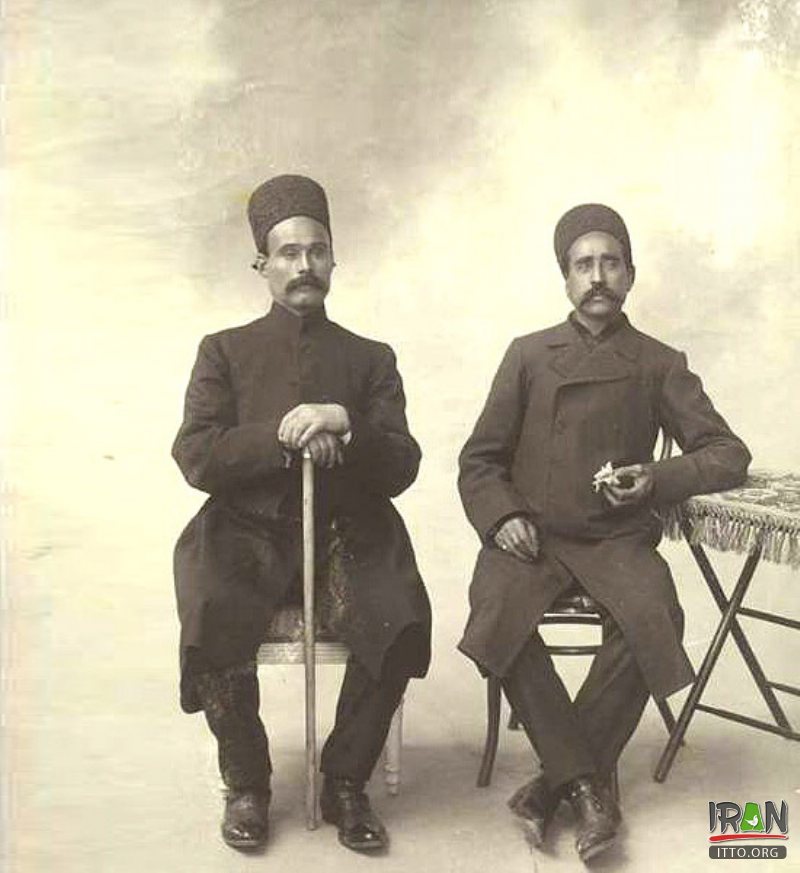The Persian Constitutional Revolution (in Persian: مشروطیت Mashrūtiyyat, or انقلاب مشروطه Enghelaab-e Mashrūteh), also known as the Constitutional Revolution of Iran, took place between 1905 and 1911. The revolution led to the establishment of a parliament in Persia (Iran) during the Qajar Dynasty.
The Revolution opened the way for cataclysmic change in Persia, heralding the modern era. It saw a period of unprecedented debate in a burgeoning press. The revolution created new opportunities and opened up seemingly boundless possibilities for Persia's future. Many different groups fought to shape the course of the Revolution, and all sections of society were ultimately to be in some way changed by it. The old order, which king Naser-e-Din Shah Qajar had struggled for so long to sustain, finally died, to be replaced by new institutions, new forms of expression, and a new social and political order.
The monarch Mozaffar-e-Din Shah Qajar signed the constitution in 1906, but he died shortly after and was replaced by Mohammad Ali Shah. The latter abolished the constitution and bombarded the parliament with Russian and British support in 1908. This led to another pro-constitutional movement. The constitutionalist forces marched to Tehran, forced Muhammad Ali Shah's abdication in favor of his young son Ahmad Shah Qajar and the re-established the constitution in 1909. In 1921 Persian Coup (in Persian: کودتای ۳ اسفند ۱۲۹۹) refers to several major events in Iran (Persia) in 1921, which eventually led to the establishment of the Pahlavi dynasty as the ruling house of the country in 1925. On December 12, 1925, Iran's parliament amended Iran's constitution of 1906–1907 to replace the Qajar dynasty (1797–1925) with the Pahlavi dynasty as the legitimate sovereigns of Iran.
The movement did not end with the Revolution being put down in 1911 by the Russians, but was followed by the Jungle Movement of Gilan (1914-1921).


